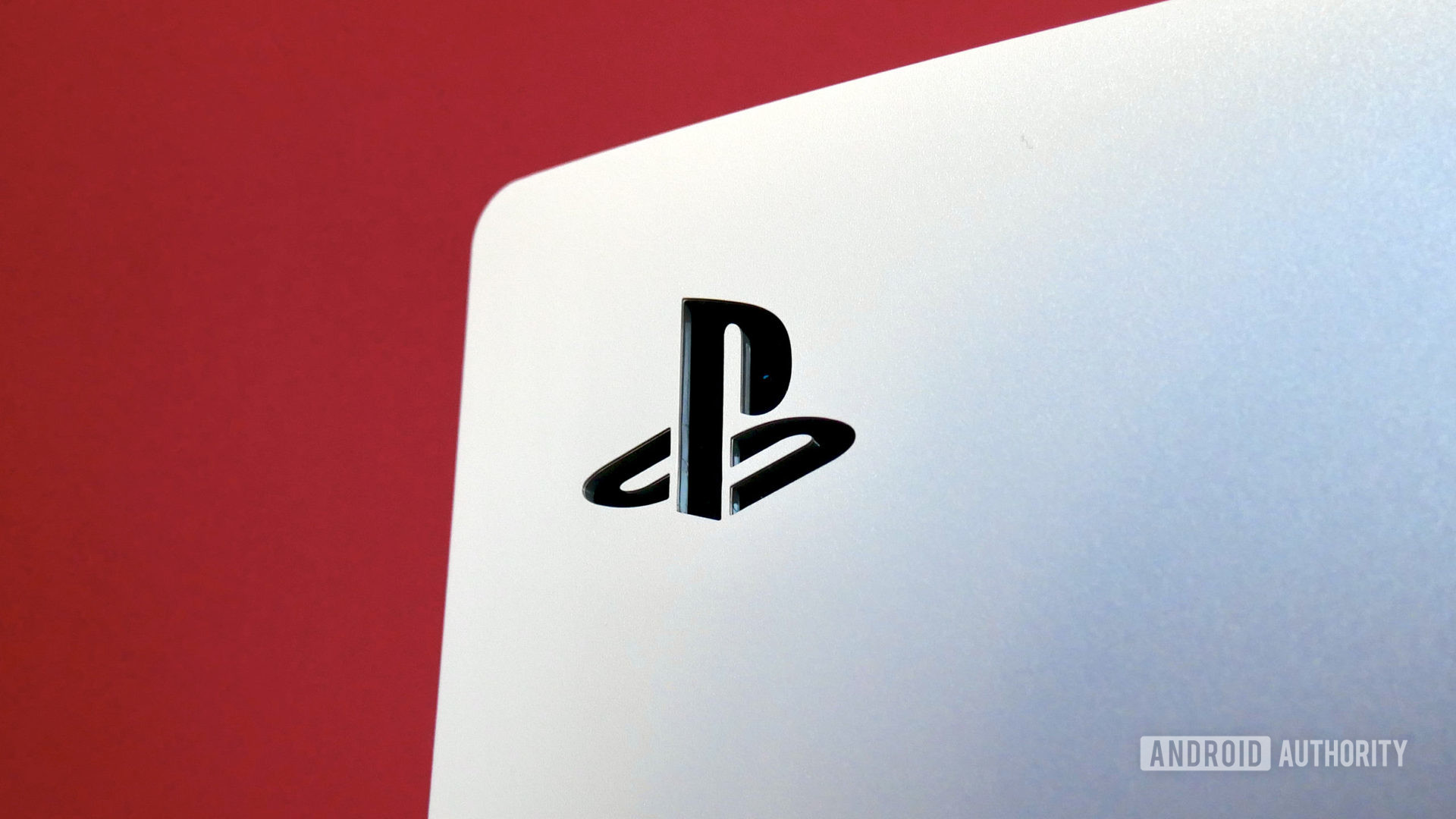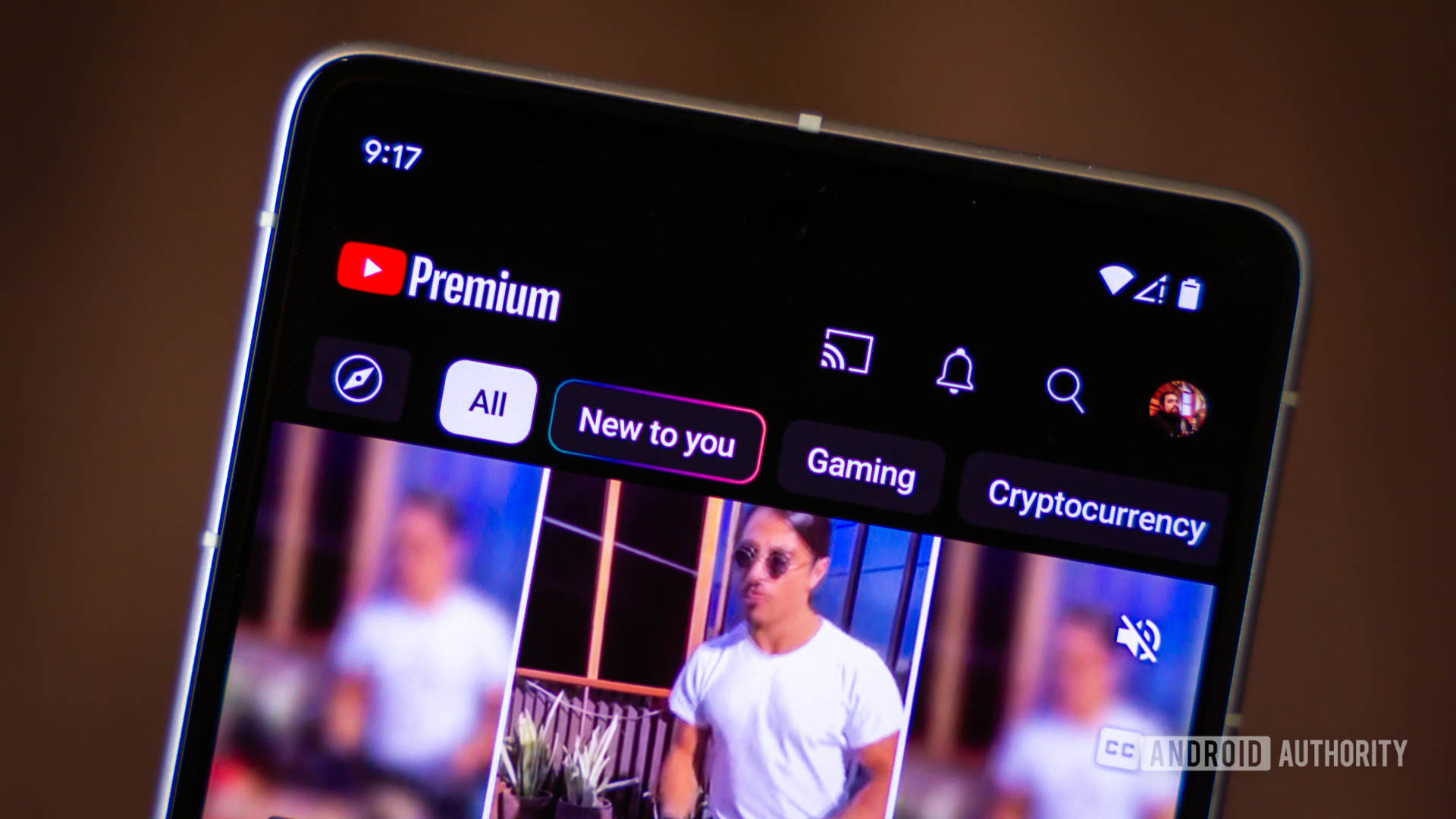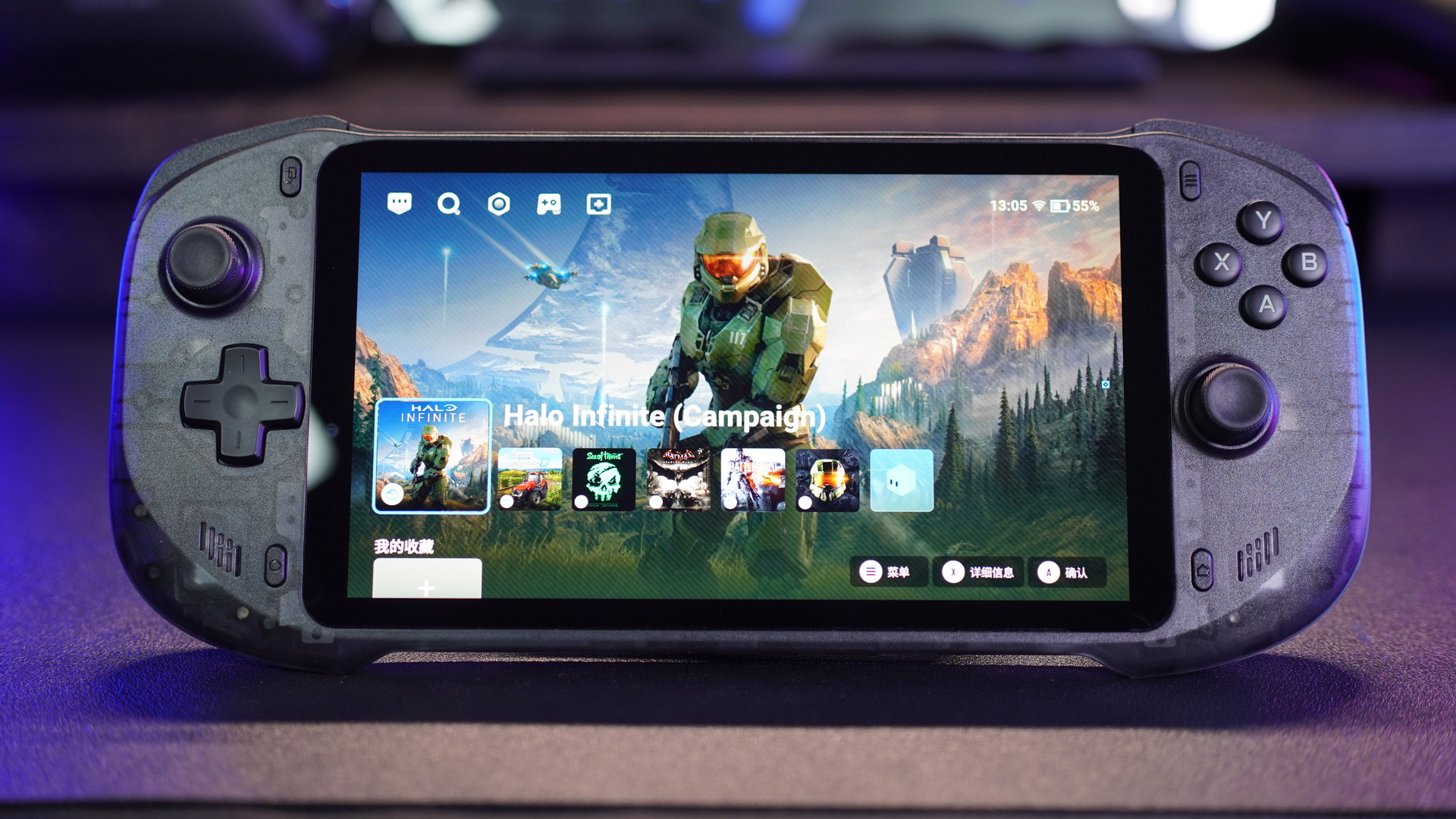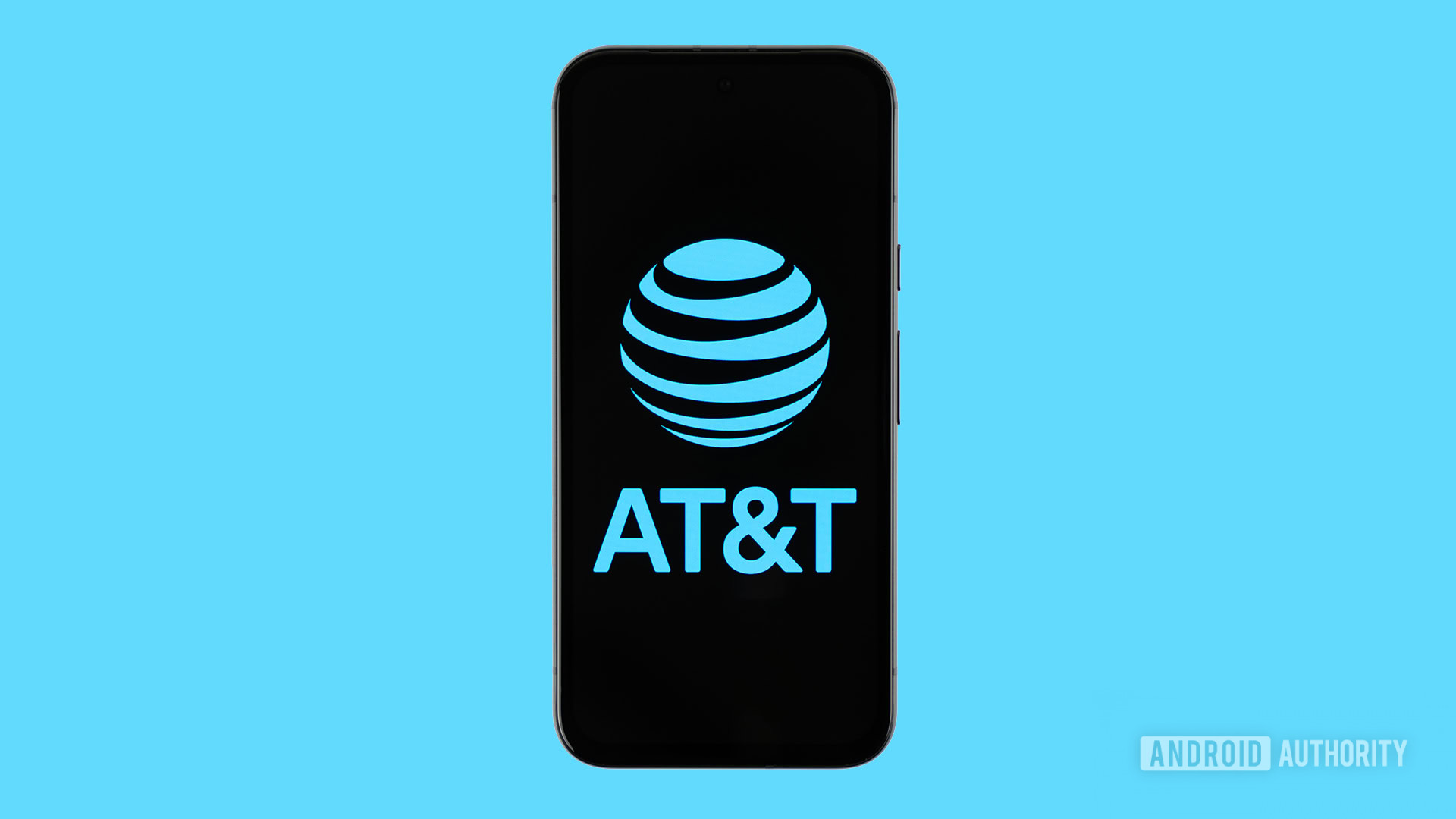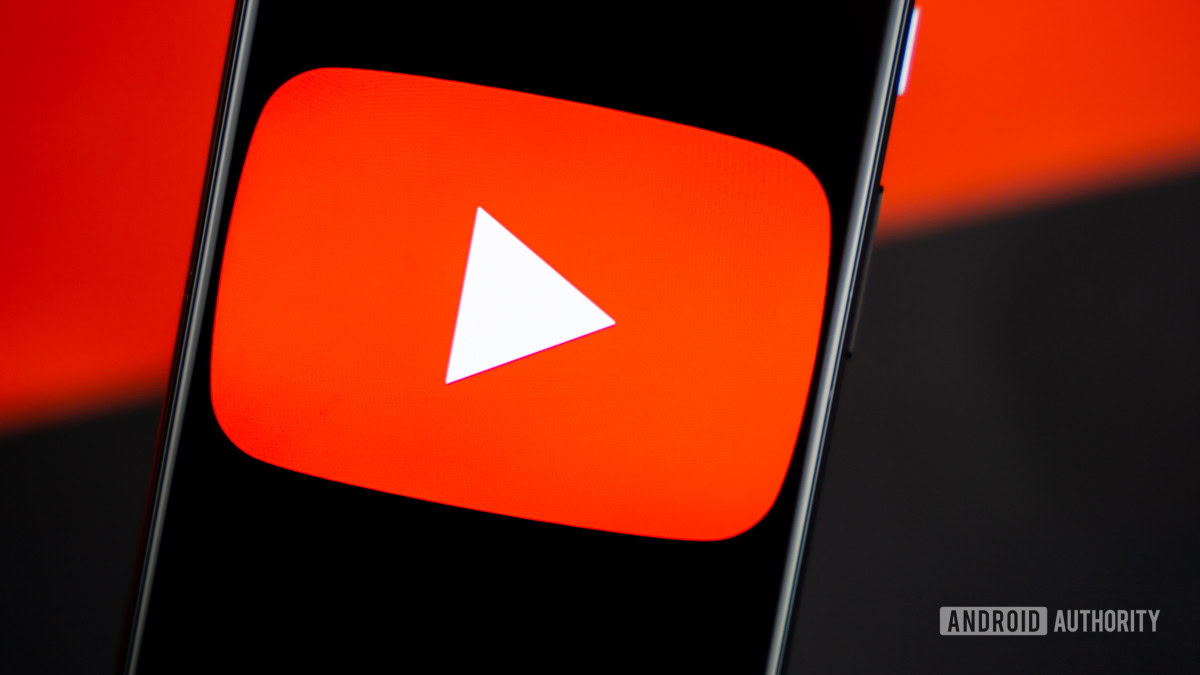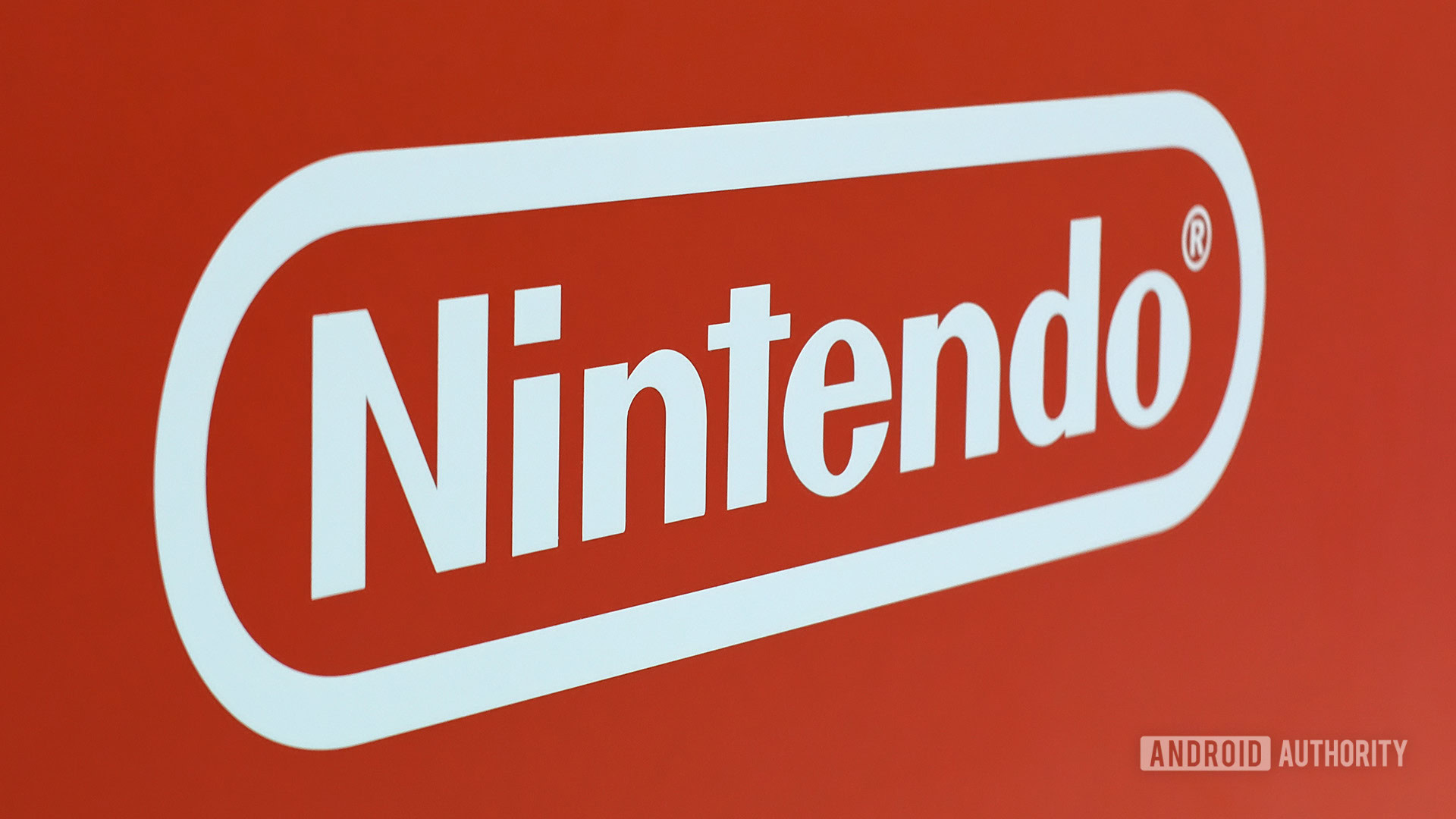The good news when it comes to buying monitors is that there has never been more choice, with numerous options for every type of use ranging from productivity to content creation to gaming.The problem is that all that choice can make it challenging to decide which one is best for your particular needs and budget.In this guide we can help you make that decision and show you which factors are most important, whether they be color accuracy, size, ergonomics or refresh rates.We used that information to gather the top picks, including options from our own monitor reviews, to help you find the one that best fits your needs.Quick OverviewBest budget monitorSamsung T35FMore options$100 at Amazon$100 at Walmart$150 at TargetBest budget monitor runner upBenQ MOBIUZ EX240N Gaming MonitorMore options$130 at Adorama$130 at AmazonBest midrange monitorHP V28 4K Monitor$319 at AmazonBest midrange monitor runner upASUS ProArt Display PA279CVMore options$369 at Amazon$369 at WalmartHonorable mention (midrange)Dell UltraSharp U2723QEMore options$422 at Amazon$439 at Walmart$489 at Macy'sHonorable mention (midrange)LG 32UN650-W Monitor$310 at AmazonHonorable mention (midrange)Alienware QD-OLED AW2725D$800 at DellBest premium monitorViewSonic VP2786-4K IPS 4K USB C Monitor$1,000 at AmazonBest premium monitor runner upASUS ROG Swift 4K OLED Gaming Monitor (PG32UCDM)More options$1,080 at Amazon$1,080 at WalmartHonorable mention (premium)Dell P3223QE 4K UHD LED LCD Monitor$485 at AmazonBest gaming monitor for most peopleAOC Q27G3XMN Mini LED Gaming Monitor$250 at AmazonBest OLED gaming monitor for most peopleAlienware AW2725DF OLED Gaming Monitor$756 at AmazonBest monitor for Mac usersApple Studio Display - Nano-Texture Glass - Tilt-Adjustable Stand$1,844 at AmazonBest portable monitorLenovo ThinkVision M14t Gen2 14-inch Monitor$360 at AmazonBest luxury monitorASUS ProArt Display 4K HDR Mini-LED Monitor (PA32UCXR)More options$2,782 at Amazon$2,999 at AdoramaSee 10 moreTable of ContentsBest monitors for 2025Factors to consider before buying a monitorBest monitors for 2025SAMSUNGBest budget monitorSamsung T35FScreen size: 27 inches | Resolution: 1080p | Display type: IPS | Max refresh rate: 75Hz | Weight: 6.6 pounds | Connector type: HDMI | Brightness (cd/m2): 250cd/m2 The best budget monitor with a balance of size, refresh rate and color accuracy is Samsung’s 27-inch 1080p T35F.
It’s good for business or light PC gaming and content work, thanks to the IPS panel and 75Hz refresh rate.Plus, it’s fairly attractive and modern looking.There are some things you don’t get at that price, of course – it can only tilt and has just an HDMI 1.4 connection.
$100 at AmazonExplore More Buying Options$100 at Walmart$150 at TargetBenQBest budget monitor runner upBenQ MOBIUZ EX240N Gaming MonitorScreen size: 24-inches | Resolution: 1080p | Display type: IPS | Max refresh rate: 165Hz | Weight: 12.2 pounds | Connector type: HDMI | Brightness (cd/m2): 350cd/m2 If you’re good with a 24-inch 1080p display, BenQ’s EX240 offers a fantastic mix of image quality, brightness and speed.The key selling point is the 165Hz refresh rate and 1ms response time, both excellent for a monitor in this price range.At the same time it puts out a very respectable 350 nits of brightness and offers punchy colors and good viewing angles.
It also looks like it costs a lot more, making it a very good value overall.$130 at AdoramaExplore More Buying Options$130 at AmazonHPBest midrange monitorHP V28 4K MonitorScreen size: 28-inches | Resolution: 4K | Display type: IPS | Max refresh rate: 60Hz | Weight: 14 pounds | Connector type: HDMI, DisplayPort | Brightness (cd/m2): 400cd/m2 The 28-inch HP V28 4K HDR monitor is a great all around choice, especially for entertainment or content creation.The 60Hz IPS panel and factory calibration delivers excellent color accuracy and it’s a nice size for creative or business work.
It comes with DisplayPort, HDMI and three USB 3.0 ports, along with a USB-C port with 65W of charging for a laptop or tablet.And it’s easy to set just right, thanks to its height, swivel and pivot adjustments.$319 at AmazonASUSBest midrange monitor runner upASUS ProArt Display PA279CVScreen size: 27-inches | Resolution: 4K | Display type: IPS | Max refresh rate: 60Hz | Weight: 19 pounds | Connector type: HDMI, DisplayPort | Brightness (cd/m2): 350cd/m2 The ASUS ProArt PA279C is a great content creation monitor for the price due to the 4K resolution and remarkable color accuracy straight from the factory.
At the same time, it offers decent brightness at 350 nits, a wide 180 degree viewing angle and excellent ergonomics.It even has an HDR setting, though the monitor isn’t really bright enough for true HDR editing, and color accuracy falls off a bit at that setting.$369 at AmazonExplore More Buying Options$369 at WalmartDellHonorable mention (midrange)Dell UltraSharp U2723QEScreen size: 27-inches | Resolution: 4K | Display type: IPS | Max refresh rate: 60Hz | Weight: 21.5 pounds | Connector type: HDMI, DisplayPort | Brightness (cd/m2): 400cd/m2 The Dell UltraSharp U2723QE is a perfect monitor for content creators thanks to the IPS Black panel that allows a true 2000:1 contrast ratio.
It also offers 98 percent coverage of the DCI-P3 HDR color space with 1.07 billion colors (via 8-bit + FRC) — excellent numbers for a monitor under $500.It also has a wide array of ports, including USB-C, HDMI and DisplayPort, along with a Gigabit Ethernet port, five USB-A ports, two USB-C ports (one with 90W charging) and a KVM switch for use with multiple computers at once.$422 at AmazonExplore More Buying Options$439 at Walmart$489 at Macy'sLGHonorable mention (midrange)LG 32UN650-W MonitorScreen size: 32 inches | Resolution: 4K | Display type: IPS | Max refresh rate: 60Hz | Weight: 18.1 pounds | Connector type: HDMI, DisplayPort | Brightness (cd/m2): 350cd/m2 If you want bang for the buck in terms of size, look no farther than the 32-inch LG 32UN650-W.
It comes with a 31.5-inch 60Hz IPS 10-bit panel (8-bit + FRC to be exact) that covers an excellent 95 percent of the DCI-P3 gamut and displays up to 1.07 billion colors.At the same time, it supports HDR, albeit with just 350 nits maximum brightness, along with AMD FreeSync to improve smoothness when gaming.It’s great ergonomically as well thanks to the tilt and height adjustments, and it even comes with built-in speakers.
$310 at AmazonDellHonorable mention (midrange)Alienware QD-OLED AW2725DScreen size: 27 inches | Resolution: 1440p | Display type: QD-OLED | Max refresh rate: 280Hz | Weight: 14.97 pounds | Connector type: HDMI, DisplayPort | Brightness (cd/m2): 1000cd/m2 peak Alienware's 27-inch 280Hz QD-OLED Monitor (AW2725D) is in the upper end of this category, but the price point may be a new low for a QD-OLED monitor.It combines QHD resolution with a high-speed 280Hz refresh rate and true 10-bit display with 99.3 percent DCI-P3 coverage, allowing sharp high-quality visuals along with a smooth gaming experience.Oh, and there is one other catch — you’ll need to wait until this summer to buy one.
$800 at DellViewSonicBest premium monitorViewSonic VP2786-4K IPS 4K USB C MonitorScreen size: 27 inches | Resolution: 4K | Display type: IPS | Max refresh rate: 60Hz | Weight: 18.4 pounds | Connector type: HDMI, DisplayPort | Brightness (cd/m2): 350cd/m2 ViewSonic’s ColorPro VP2786 27-inch 4K HDR monitor offers a great balance of resolution, color accuracy or brightness for content creators.The true 10-bit IPS panel covers 98 percent of the DCI-P3 color palette with an excellent Delta <2 accuracy figure, and is certified for soft-proofing by the demanding Fogra print industry.At the same time, it offers HDR10 support, albeit with a limited 350 nits of output.
It even includes a “ColorPro” wheel control compatible with Adobe or Capture One apps.$1,000 at AmazonASUSBest premium monitor runner upASUS ROG Swift 4K OLED Gaming Monitor (PG32UCDM)Screen size: 32 inches | Resolution: 4K | Display type: OLED | Max refresh rate: 240Hz | Weight: 19.4 pounds | Connector type: HDMI, DisplayPort | Brightness (cd/m2): 1,000cd/m2 The OLED benefits of the ASUS Rog Swift OLED PG32UCDM are crystal clear as it offers nearly everything creators or gamers would want: 1,000 nits of brightness in HDR mode, true 10-bit with 99 percent DCI-P3 coverage for maximum color accuracy and a 240Hz refresh rate with an incredible 0.03 ms response time.Contrast is also top-notch thanks to the QD-OLED display’s ability to flip individual pixels completely off.
It’s also on point in terms of connections with a 90W USB-C charging point, plus both HDMI 2.1 and DisplayPort 1.4 available.Note that it lists for over $1,000 but it can often be found on sale at or below that price.$1,080 at AmazonExplore More Buying Options$1,080 at WalmartDellHonorable mention (premium)Dell P3223QE 4K UHD LED LCD MonitorScreen size: 31.5 inches | Resolution: 4K | Display type: LCD | Max refresh rate: 60Hz | Weight: 22.5 pounds | Connector type: HDMI, DisplayPort | Brightness (cd/m2): 350cd/m2 Dell’s P3223QE 4K USB-C Hub monitor is productivity-oriented, thanks to its wired Ethernet connectivity and USB-C ports that offer up to 90W of power delivery for laptops.
It’s a 4K IPS panel with a 178-degree viewing angle and 350 nits of brightness and support for a billion colors (8-bit + FRC).It offers height, pivot, swivel and tilt adjustment, a VESA mounting interface and DisplayPort/HDMI inputs.$485 at AmazonAOCBest gaming monitor for most peopleAOC Q27G3XMN Mini LED Gaming MonitorScreen size: 27 inches | Resolution: 2,560 x 1,440 | Display type: VA | Max refresh rate: 180Hz | Weight: 11.9 pounds | Connector type: HDMI, DisplayPort | Brightness (cd/m2): 1000cd/m2 in HDR mode For more on this subject it’s best to check out Engadget’s gaming monitor guide, but here, we highlight two top picks from that story.
The Q27G3XMN offers a nearly unbeatable mix of features, performance and affordability.It’s a mini-LED monitor with HDR performance that’s not as good as the OLEDs on this list (though far brighter overall), but better than anything you’ll find on an edge-lit LCD.With a 180Hz refresh rate, it’s also speedy enough for all but the most fast-paced competitive esports games.
Best of all, it’s priced affordably at under $300.For those reasons, unless you have a bigger budget or more specific needs, the Q27G3XMN is going to be the best bet for most people.$250 at AmazonAlienwareBest OLED gaming monitor for most peopleAlienware AW2725DF OLED Gaming MonitorScreen size: 26.7 inches | Resolution: 2,560 x 1,440 | Display type: QD-OLED | Max refresh rate: 360Hz | Weight: 9.4 pounds | Connector type: HDMI, DisplayPort | Brightness (cd/m2): 400cd/m2 Screen size: 26.7-inch | Resolution: 2,560 x 1,440 | Refresh rate: 360Hz | Panel type: QD-OLED | Response time: 0.03ms (GtG) | Aspect ratio: 16:9 | Brightness: 250 cd/m² | Weight: 9.4 pounds without stand If you want a gaming monitor that basically does it all, the Alienware AW2725DF has a lot going for it.
This QD-OLED features a 360Hz refresh rate and 0.03ms response.It also carries a Vesa DisplayHDR True Black 400 certification, so expect near-flawless HDR performance.It even has a HDMI 2.1 port if you want to use it with an Xbox Series X or PlayStation 5.
From a performance standpoint, the only downside is that it won’t produce true blacks in rooms with too much ambient light.However, this is true of every QD-OLED monitor on the market right now.At close to $1,000, it’s also expensive.
But for what it’s worth, the OLED market is incredibly competitive at the moment.I’ve seen the AW2725DF go on sale a few times over the past couple of months, dropping to as low as $700.$756 at AmazonAppleBest monitor for Mac usersApple Studio Display - Nano-Texture Glass - Tilt-Adjustable StandScreen size: 27 inches | Resolution: 5K | Display type: Retina (Mini LED) | Max refresh rate: 60Hz | Weight: 13.8 pounds | Connector type: USB-C, Thunderbolt 3 | Brightness (cd/m2): 600cd/m2 In general, monitor compatibility issues with MacBooks and Macs are a thing of the past, though you can still experience issues with things like refresh rates, particularly on M1 Macs.
If you’d prefer to stay within the Apple family, the most cost-effective option is still the 27-inch Apple Studio Display.It supports 5K resolution (5,120 x 2,880) with up to 600 nits of brightness, so it can handle creative chores with ease.It even includes a 12-megapixel UltraWide camera that keeps you in frame via Center Stage, along with a three-mic array, so you won’t have to spend extra on a webcam $1,844 at AmazonLenovoBest portable monitorLenovo ThinkVision M14t Gen2 14-inch MonitorScreen size: 14 inches | Resolution: 1440p | Display type: IPS | Max refresh rate: 60Hz | Weight: 1.5 pounds | Connector type: USB-C | Brightness (cd/m2): 300cd/m2 This category also has its own guide, but we’re including the best travel monitor as this category applies to a lot of buyers.
If you’re always on the go, Lenovo’s M14t Gen2 mobile monitor makes it easy to bring a nice second display anywhere you want.Its 14-inch panel features a 2,240 x 1,400 resolution with a 100 percent sRGB color gamut and a 16:10 aspect ratio for a little extra vertical screen space.It also supports USB-C power pass-through (up to 65 watts) so it can conveniently share juice with a connected device like a phone or laptop.
You even get sketching support thanks to Lenovo’s included stylus.Best of all, the stand tilts from zero to 90 degrees so it can fit even in tight spaces and it’s portable enough to cross the globe at just 1.5 pounds.$360 at AmazonASUSBest luxury monitorASUS ProArt Display 4K HDR Mini-LED Monitor (PA32UCXR)Screen size: 32 inches | Resolution: 4K | Display type: Mini LED | Max refresh rate: 120Hz | Weight: 32.3 pounds | Connector type: HDMI, DisplayPort, USB-C | Brightness (cd/m2): 1,600cd/m2 ASUS has lowered the price for its high-end ProArt PA32UCXR reference monitor to just $3,000 , making it a true bargain for a no-compromise display.
It delivers up to 1,600 nits of peak brightness and is DisplayHDR 1400 certified thanks to the mini LED display tech with 2,304 local dimming zones.The true 10-bit panel also offers 98 percent DCI-P3 and Rec.2020 coverage and supports Dolby Vision, HDR10 and HLG HDR modes, and color accuracy is calibrated to Delta E < 1, less than nearly any monitor on the market.If that’s not enough, it supports up to a 120Hz refresh rate and has a 5-millisecond response time, while supporting AMD FreeSync — making it perfect for gaming creation artists.
On top of this model, ASUS now makes several slightly less bright and much less expensive variants, including the $1,300 PA32UCRK, offering 1,000 nits of brightness and a 60Hz (not 120Hz) refresh rate.Specs are nearly identical otherwise.$2,782 at AmazonExplore More Buying Options$2,999 at AdoramaFactors to consider before buying a monitorPanel typeThe cheapest monitors are still TN (twisted nematic), which are strictly for gamers or office use.
VA (vertical alignment) monitors are also relatively cheap, while offering good brightness and a high contrast ratio.However, content creators will find that LCD, IPS monitors (in-plane switching) deliver better color accuracy, pixel density, picture quality and viewing angles.If maximum brightness is important, a quantum dot LCD display is the way to go — those are typically found in larger displays.OLED monitors are now available and offer the best blacks and color reproduction, but they lack the brightness of LED or quantum dot displays.
Plus, they’re expensive.The latest type of OLED monitor, called QD-OLED from Samsung, is now common among gaming monitors.The most notable advantage is that it can get a lot brighter, with recent models hitting up to 1,000 nits+ of peak brightness.ADVERTISEMENTAdvertisementMiniLEDs are now widely used in high-end displays.
They’re similar to quantum dot tech, but as the name suggests, it uses smaller LED diodes that are just 0.2mm in diameter.As such, manufacturers can pack in up to three times more LEDs with more local dimming zones, delivering deeper blacks and better contrast.Screen size, resolution and display formatWhere 24-inch displays used to be more or less standard (and can still be useful for basic computing), 27-, 32-, 34- and even 42-inch displays have become popular for entertainment, content creation and even gaming these days.Nearly every monitor used to be 16:9, but it’s now possible to find 16:10 and other more exotic display shapes.On the gaming and entertainment side, we’re also seeing curved and ultrawide monitors with aspect ratios like 21:9.
If you do decide to buy an ultrawide display, however, keep in mind that a 30-inch 21:9 model is the same height as a 24-inch monitor, so you might end up with a smaller display than you expected.A 4K monitor is nearly a must for content creators, and some folks are even going for 5K or all the way up to 8K.Keep in mind, though, that you’ll need a pretty powerful computer with a decent graphics card to drive all those sharp pixels.And 4K resolution should be paired with a screen size of 27 inches and up, or you won’t notice much difference between 1440p.
At the same time, I wouldn’t get a model larger than 27 inches unless it’s 4K, as you’ll start to see pixelation if you’re working up close to the display.ADVERTISEMENTAdvertisementOne new category to consider is portable monitors designed to be carried and used with laptops.Those typically come in 1080p resolutions and sizes from 13-15 inches.They usually have a lightweight kickstand-type support that folds up to keep things compact.HDRHDR adds vibrancy to entertainment and gaming – but be careful before jumping in.
Some monitors that claim HDR on their marketing materials don’t even conform to a base standard.To be sure that a display at least meets minimum HDR specs, you’ll want to choose one with a DisplayHDR rating with each tier representing maximum brightness in nits.However, the lowest DisplayHDR 400 and 500 tiers may disappoint you with a lack of brightness, washed out blacks and mediocre color reproduction.If you can afford it, the best monitor to choose is a model with DisplayHDR 600, 1000 or True Black 400, True Black 500 and True Black 600.ADVERTISEMENTAdvertisementWhere televisions typically offer HDR10 and Dolby Vision or HDR10+, most PC monitors only support the HDR10 standard, other than a few (very expensive) models.
That doesn’t matter much for content creation or gaming, but HDR streaming on Netflix, Amazon Prime Video and other services won’t look quite as punchy.In addition, the best gaming monitors are usually the ones supporting HDR600 (and up), rather than content creation monitors – with a few exceptions.Refresh rateRefresh rate is a key feature, particularly on gaming monitors.A bare minimum nowadays is 60Hz, and 80Hz and higher refresh rates are much easier on the eyes.
However, most 4K displays top out at 60Hz with some rare exceptions and the HDMI 2.0 spec only supports 4K at 60Hz, so you’d need at least DisplayPort 1.4 (4K at 120Hz) or HDMI 2.1.The latter is now available on a number of monitors, particularly gaming displays.However, it’s only supported by the latest NVIDIA RTX 3000- and 4000-series, AMD RX 6000-series GPUs.InputsThere are essentially three types of modern display inputs: Thunderbolt, DisplayPort and HDMI.
Most monitors built for PCs come with the latter two, while a select few (typically built for Macs) will use Thunderbolt.To add to the confusion, USB-C ports may be Thunderbolt 3, and by extension, DisplayPort compatible, so you may need a USB-C to Thunderbolt or DisplayPort cable adapter depending on your display.Color bit depthSerious content creators should consider a more costly 10-bit monitor that can display billions of colors.If budget is an issue, you can go for an 8-bit panel that can fake billions of colors via dithering (often spec’d as “8-bit + FRC”).
For entertainment or business purposes, a regular 8-bit monitor that can display millions of colors will be fine.Color gamutThe other aspect of color is the gamut.That expresses the range of colors that can be reproduced and not just the number of colors.Most good monitors these days can cover the sRGB and Rec.709 gamuts (designed for photos and video respectively).
For more demanding work, though, you’ll want one that can reproduce more demanding modern gamuts like AdobeRGB, DCI-P3 and Rec.2020 gamuts, which encompass a wider range of colors.The latter two are often used for film projection and HDR, respectively.

